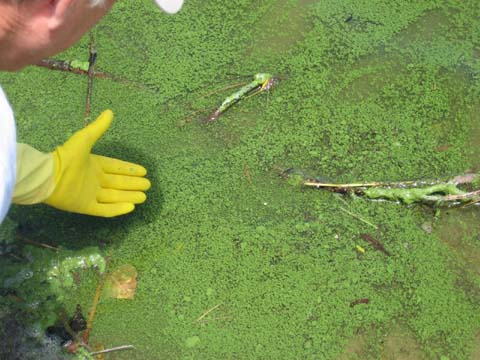Today’s featured #SciFund Challenge project is Domesticating Algae for the 21st Century by Steve Herbert.

Let me be honest: I love this project. Steve, a professor of plant sciences at the University of Wyoming, wants to better grow algae in a vat. Sounds boring, right? Think again.
The world’s human population just topped 7 billion people. How are we going to produce enough food and fuel for the earth’s growing population without exploding the planet? The answer might just lie in pond scum. As anyone who has a pool or birdbath knows, pond scum (which is a form of algae) can grow extremely rapidly without any encouragement at all. What if we could genetically engineer this fast-growing algae to produce biofuels? What about protein for us to eat? Suddenly, all of the pressure that we are placing on the earth’s ecosystems might just lift.






